

Home » Meet The Breeds
The cultivation of purebred dog breeds has ancient origins, dating back to when early humans selectively bred canines for essential tasks. From protective guard dogs to swift hunting breeds, each dog was tailored for a specific function.
This selective breeding, over time, led to a variety of distinct breeds, each suited to particular roles and environments. Take, for instance, the Labrador Retriever, the Golden Retriever, and the Flat-Coated Retriever. While they share a common ancestry, these breeds highlight the diversity achieved through specialized breeding.
The Labrador Retriever is known for its adaptability in both water and on land; the Golden Retriever for its exceptional retrieving skills across diverse terrains; and the Flat-Coated Retriever for its agility and endurance. Their distinct physical attributes, temperaments, and working capabilities are testaments to their unique breeding histories.
A key aspect distinguishing one breed from another is its consistent ability to produce offspring with specific traits, a concept known as “breeding true.” Central to understanding purebred dogs, these traits are detailed in a “breed standard.” This document outlines the ideal characteristics, behavior, and appearance for each breed. These standards not only serve as a guideline for breeders but also act as the benchmark against which dogs are judged in conformation dog shows.
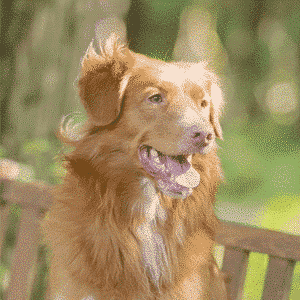
The Nova Scotia Duck Tolling Retriever is a medium-sized gundog bred primarily for hunting. It is often referred to as a “toller”. It is the smallest of the retrievers, and is often mistaken for a small Golden Retriever. Tollers are known to be intelligent, easy to please, alert, and high-energy dogs.
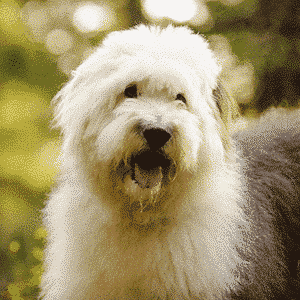
Beneath the Old English Sheepdog’s profuse double coat is a muscular and compact drover, with plenty of bone and a big rump, standing 21 or 22 inches at the shoulder. Their eyes (when you can see them) are dark brown, or blue, or one of each. The OES breed standard says the skull is “capacious […]
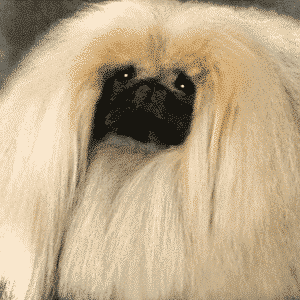
The Pekingese is a well-balanced, compact dog of Chinese origin with a heavy front and lighter hindquarters. Its temperament is one of directness, independence and individuality. Its image is lionlike, implying courage, dignity, boldness and self-esteem rather than daintiness or delicacy. It was one of several breeds created for the ruling classes of ancient China. […]
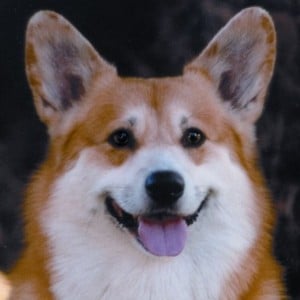
The Pembroke Welsh Corgi is a bright, sensitive dog who enjoys play with his human family and responds well to training. As herders bred to move cattle, they are fearless and independent. They are vigilant watchdogs, with acute senses and a “big dog” bark. Families who can meet their bold but kindly Pembroke’s need for […]
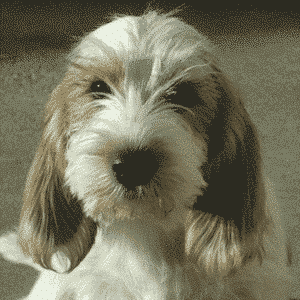
The Petit Basset Griffon Vendéen, or PBGV, is a breed of dog of the scent hound type, bred to trail hares in bramble-filled terrain of the Vendée district of France. The breed is known in the United States as “Petit” or “PBGV,” in England as “Roughie,” and in Denmark as “Griffon” or “Petit”.
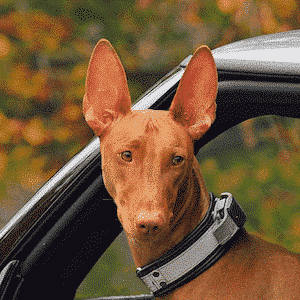
Pharaoh Hounds are sleek, aerodynamic coursing hounds bred for high-speed pursuit on rocky terrain. It is a Maltese breed of hunting dog. In Maltese it is called Kelb tal-Fenek, which means “rabbit dog”; it is traditionally used for hunting rabbit in the rocky terrain of the Maltese Islands.
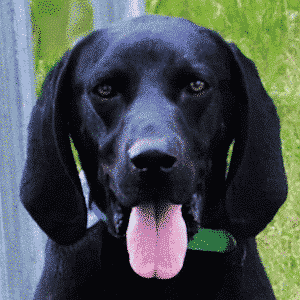
The Plott Hound is a mountain breed, raised and trained to hunt animals such as bear and wild boar. The Hanoverian Schweisshund (Bloodhound), or ancestor of the Plott Hound, in this specific case, is respected for its ability to locate a wounded animal even though the trail is a week or more old.